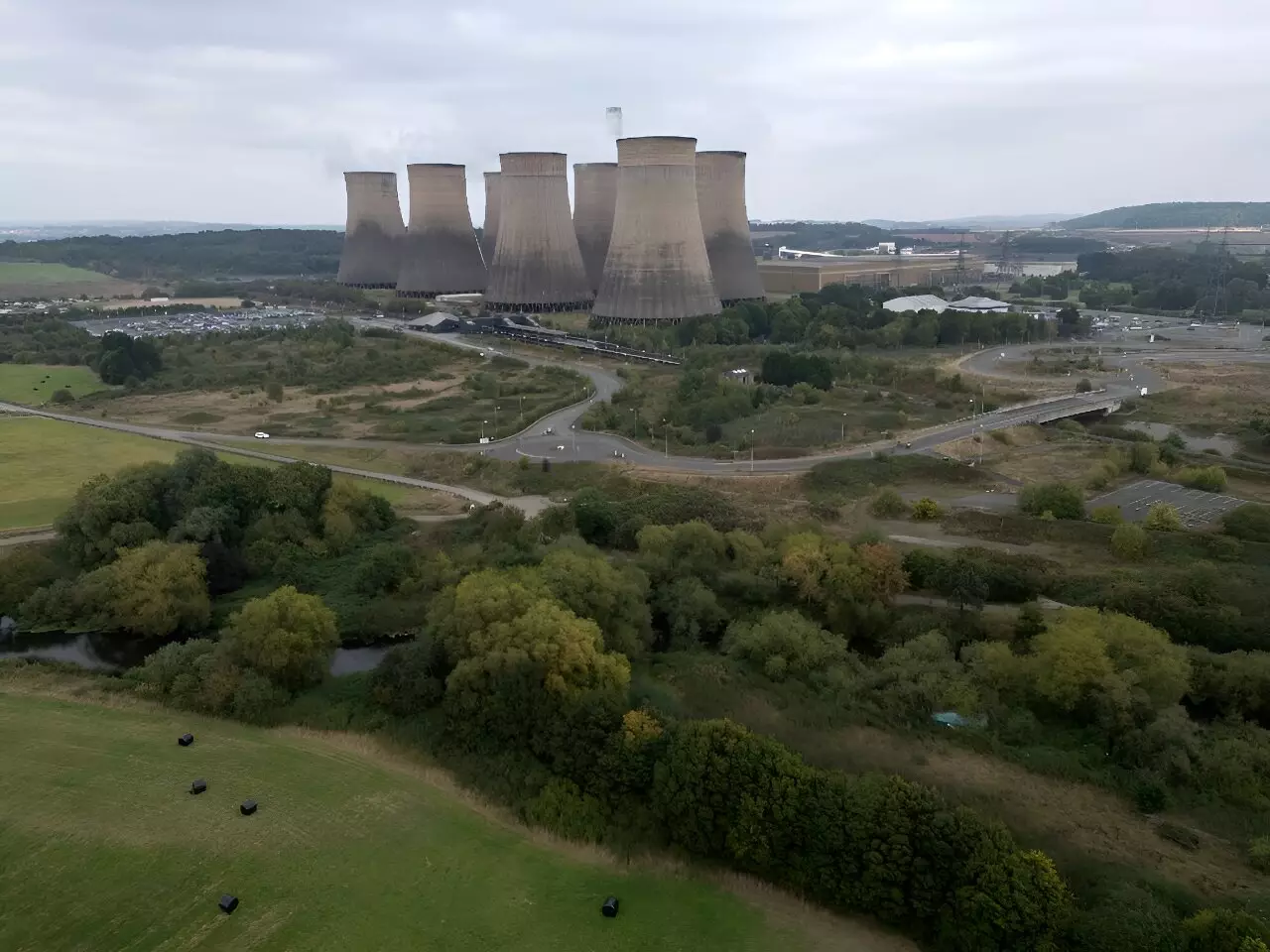In a monumental move towards environmental sustainability, the United Kingdom officially closed its last coal-fired power station on Monday, signaling the end of an era for traditional fossil fuels in the nation. The Ratcliffe-on-Soar plant, which has been a staple of the central England skyline for nearly six decades, is a tangible representation of a significant shift in energy policy. As the first G7 nation to eliminate its reliance on coal for electricity generation, the UK is taking bold strides in its commitment to decarbonization, aiming for a carbon-neutral future by 2050. This closure embodies not only a transition away from a polluting energy source but also a shift towards innovative job creation and renewable technologies.
The Energy Minister, Michael Shanks, heralded this momentous occasion as a pivotal step towards a sustainable future, asserting that while the coal era is closing, the dawn of new, clean energy jobs is just beginning. Uniper, the owner of Ratcliffe-on-Soar, is transitioning the site into a “carbon-free technology and energy hub” during a two-year decommissioning phase starting in October. This forward-thinking approach is crucial as it aspires to pivot the workforce—consisting of approximately 350 employees—toward new roles within the evolving energy sector. This not only addresses economic concerns but also reflects a broader commitment to retraining and redeployment, essential in the wake of such a significant industrial transformation.
Coal has long been woven into the fabric of British history, with roots tracing back to its pivotal role in the Industrial Revolution that propelled the UK into a position of global supremacy in the 18th and 19th centuries. For much of the 20th century, coal remained dominant, constituting as much as 70 percent of the country’s electricity supply in the 1980s. However, as environmental awareness grew, so too did regulations aimed at combating pollution, leading to a steady decline in coal’s prevalence within Britain’s energy mix. The coal dependency that once represented the backbone of the UK’s energy landscape has, over recent decades, diminished to a mere fraction—dropping to a mere 1.0 percent last year. This decline reflects a broader recognition of the urgent need to transition to cleaner, renewable sources of energy to combat climate change.
With its decisive action, the UK sets a precedent that could inspire other nations, emphasized by Doug Parr, policy director at Greenpeace UK. He urged other countries to follow suit as global climate commitments intensify, particularly at the upcoming COP28 summit. Despite the triumph over coal, challenges remain—specifically the reduction of oil and gas consumption. Shifting to a more sustainable energy mix is imperative for long-term environmental goals. Key players like Italy, France, Canada, and Germany have all set deadlines for phasing out coal, but progress remains uneven globally.
As of 2023, statistics show that the UK’s electricity generation remains significantly reliant on natural gas—comprising one-third of total production—while renewable sources are burgeoning. Wind power contributes a quarter, indicating a positive trend toward cleaner alternatives. With the government’s commitment to further decarbonization through a newly formed public body dedicated to offshore wind, tidal, and nuclear initiatives, the future looks increasingly green.
The closing of Ratcliffe-on-Soar is more than merely the end of coal; it is a signal of a paradigm shift towards a sustainable energy future. The lessons learned from this journey away from coal are critical as the UK navigates the complexities of energy transition and climate responsibilities. The government’s ongoing efforts to capitalise on renewable energy sources will be pivotal, as national energy policy adapts to meet both environmental imperatives and the needs of workers affected by such profound structural changes. As the UK embraces this new chapter, its actions set the stage for a robust, sustainable energy economy that can serve as a model for the rest of the world.


Leave a Reply